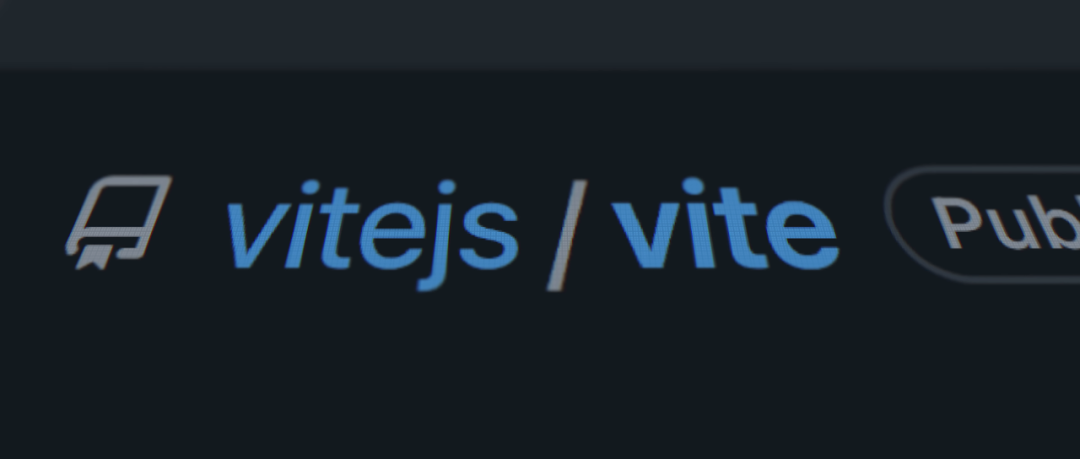# Vite: From Prototype to Industry Standard

Vite, created by **Evan You** (the author of Vue.js), began as a response to the frustration of **Webpack’s slow build speeds**. Initially thought of as a Vue-focused experiment, Vite quickly evolved into a **framework-agnostic** development tool embraced by **React, Svelte, Astro, Remix**, and more.
This is the story of how Vite transformed from a personal prototype into a **modern web development standard**, sparking competition, rewrites, and deep ecosystem collaboration.
---
## Introduction
This documentary examines Vite’s **origins, evolution,** and **impact** on the JavaScript ecosystem. It starts in an era when JavaScript was underrated and developers struggled with the complexity of large-scale applications.
---
## 1. The Pre-Vite Era
### Early JavaScript Limitations
- Sending too much JavaScript to the client became **unsustainable**.
- Developers sought:
- **Code minification**
- **Package integration**
- **Basic build pipelines**

Toolchains were often based on **Grunt** or **Gulp**, creating **fragile spaghetti-like pipelines**.
> Early builds felt like tangled spaghetti — patchwork integrations with no core innovation.
---
## 2. The Webpack Dominance
### Why Webpack Became King
- Allowed **bundling HTML, CSS, images** via JavaScript.
- Bundling was **critical** in the SPA era.
- Nearly all meta-frameworks depended on it.
**Drawbacks:**
- Complex configuration ("choose your own adventure").
- Slow startup and hot reload as projects scaled.
---
## 3. Evan You’s Frustrations

- **Vue CLI** (Webpack-based) suffered degraded **Hot Module Replacement** speed over time.
- Evan questioned why Vue developers should accept poor **DX** (Developer Experience).
> “I noticed my projects were slow, both in scaffolding and startup, as well as hot updates.”
---
## 4. The Birth of Vite’s Prototype

**Idea:** Use the browser’s **native ES modules (ESM)** to skip bundling during development.
Tested in April 2020 — results were stunning:
- Updates within **~100ms**
- **50× faster** hot module replacement
- Named **Vue Dev Server** initially
---
## 5. Vite’s First Release

Evan quickly released **Vite 1.0**.
Reception:
- Community intrigued but cautious (Vue-only focus).
- Launched alongside **Snowpack**, which had similar goals.
---
## 6. Framework-Agnostic Vision

Snowpack aimed to **replace Webpack entirely**.
Vite pivoted in **2.0**:
- Adopted **Rollup plugin interface**.
- Framework agnostic — supported Vue, React, Svelte, and more.
- Unified dev + production workflows.
---
## 7. Community Adoption

**Why Developers Loved Vite 2.0:**
- **Instant startup**
- Minimal config — "just 3 lines to start coding"
- Out-of-the-box performance
| Comparison | Create React App | Vite |
|-----------------------|------------------|--------------|
| Configuration | Complex | Minimal |
| Performance | Slow | Ultra-fast |
---
## 8. Ecosystem Expansion
- **SvelteKit** switched from Snowpack to Vite.
- **Astro** adopted Vite from day one.
- Other frameworks followed — SolidStart, Nuxt 3.
---
## 9. Building the Core Team

- Formed team with **Anthony Fu** and **Underfin**.
- Corporate support from **StackBlitz**, **NuxtLabs**.
- Improved ecosystem testing via **Vite Ecosystem CI**.
---
## 10. Vitest: Native Testing

Created to overcome testing integration barriers:
- Understands Vite config/plugins.
- Prototype built in 4 hours.
- Became official Vite-native testing solution.
---
## 11. Explosive Adoption
By 2022:
- **2.5M weekly downloads**
- Default for Nuxt 3, Laravel, Storybook, Qwik.
- 2023 major adoptions: **Angular**, **Remix**, **Playwright**, **Cypress**.
---
## 12. ViteConf: First Cross-Framework Gathering

- Authors from **SvelteKit, SolidStart, Storybook**, and others participated.
- Unique collaborative spirit across competing frameworks.
---
## 13. Toward a Unified Toolchain

- Vite now sees **14M weekly downloads**.
- Evan founded **Void Zero** to build a unified JavaScript toolchain.
- Goal: Boost productivity, simplify creation and long-term maintenance.
---
## Key Insights
1. **Chaotic early toolchains** — Grunt/Gulp pipelines lacked coherence.
2. **Webpack bottlenecks** — Critical in early days but slow for modern scale.
3. **DX-first design** — Evan’s focus led to Vite’s speed revolution.
4. **Native ESM advantage** — Instant startup and hot updates.
5. **Framework universality in 2.0** — Rollup plugin architecture.
6. **Rapid adoption** — React, Svelte, Astro communities embraced Vite.
7. **Testing integration** — Vitest solved migration hurdles.
8. **Collaborative ecosystem growth** — Corporate + community support.
9. **Becoming default infrastructure** — Nearly every modern framework uses Vite.
10. **Unified toolchain vision** — Shared foundation for the JS ecosystem.
---
## Final Note
The trajectory of Vite mirrors broader industry trends — **unification and efficiency** win.
In a similar vein, platforms like [AiToEarn官网](https://aitoearn.ai/) unify **AI content generation**, **cross-platform publishing**, **analytics**, and **model ranking**:
- Douyin, Kwai, WeChat, Bilibili, Xiaohongshu, Facebook, Instagram, LinkedIn, Threads, YouTube, Pinterest, X (Twitter).
- Open-source, global AI monetization — creators focus on creativity, not infrastructure.
Just as **Vite streamlined frontend workflows**, AiToEarn streamlines AI-powered content creation.
---
**Original source**: [YouTube Video Link](https://www.youtube.com/watch?v=bmWQqAKLgT4)





